It's a major innovation, the true starting point for a whole new research department. The seat belt that we know, with its three anchor points, comes from Volvo. Since its launch in 1959, the Swedish manufacturer estimates that it has saved more than a million lives. It has made the brand a benchmark in road safety. Almost every decade since then has seen its share of new protections on board a car. Here are some that have marked its history:
- 1972: rear-facing car seat
- 1978: booster cushion
- 1994: side airbag
- 1998: whiplash protection
- 2002: rollover protection
- 2003: blind spot detection
- 2008: first work on emergency braking
- 2014: run-off road protection
For ten years, Volvo has continued to integrate new systems, but it is more often a question of surveillance now, whether on the road or in vehicles. To make sense of these new intrusive cameras, it was necessary to reassure and find a direction. The Swedish manufacturer took charge in 2016 by announcing the goal of zero deaths and serious injuries in Volvos by 2020. The ultimate goal for a brand, claiming to be ahead of the curve on road safety.
Unfortunately, reality has taken over, and the race to end serious accidents has had to make way for another: that of forced electrification. In 2018, Volvo set out with the goal of reaching 50% electric cars in its sales mix by 2025. Rightly wanting to play on all fronts, the brand missed the target once again. Whether it's to achieve zero deaths or a million electric cars on the road, it will take longer.
A "multi-adaptive" smart belt at Volvo
In 2026, an innovation in the seat belt sector should nevertheless mark a new chapter, that of adaptive protection, which focuses on data recorded in real time, whether on the road or in the vehicle's passenger compartment. After the introduction of a driver monitoring system in 2023, Volvo wanted to take advantage of its new sensors integrated in the passenger compartment and outside to make its seat belts smarter.
Next year, with the release of the new EX60, a "multi-adaptive" seat belt will join the range. Concretely, this will allow the system to adapt further depending on the type of collision and the type of passenger. Whether it is their size, their morphology, or their position, the seat belt will adapt to the situation. The change will be software-based, but also hardware-based, with a new tension limiter featuring many more modes – from 3 variations on Volvo's most recent models, to a total of 11.
"The new seatbelt system has a function called load limitation. When you have an accident, the box where the retractor is located will first activate to tighten on your chest. Then, when the impact occurs and your body is thrown forward, the force on the chest is multiplied. Before this force becomes too great, the seat belt begins to release in a controlled manner," mechanical engineer Fredrik Heurlin, who worked on the project, explained to 01net.com.
Two major scenarios illustrate the need to adapt the seat belt to each body shape. On the one hand, for people with a large build: the main challenge is to increase support to effectively brake the body and prevent it from rolling too far forward. On the other hand, for people with a small build: here, it is not a question of increasing the restraining force, but rather of releasing the tension more pronouncedly, in order to take advantage of the space between the body and the dashboard, and thus limit the pressure on a more vulnerable skeleton.
Beyond monitoring the occupants on board via cameras, the new system will also focus on the exterior. Although the collisions are different, the belt will need to be acted upon differently. A frontal impact is not the same as a side impact. The same goes for a rollover. Volvo still expects to make new discoveries in this regard, thanks to the data it collects and analyzes. Over-the-air updates will be offered over time to improve this multi-adaptive belt.
Data, the seat belt of tomorrow
The development of this new multi-adaptive belt is not new. In fact, it began almost ten years ago, in 2016, and was completed four years later in 2020. Engineer Fredrik Heurlin explained to us that all Volvo needed was to find its carriage: a car equipped with enough sensors and an onboard computer capable of analyzing the data to adjust the behavior of the new seat belts. The future EX60, based on an 800-volt SP2 platform, will be ideal. It will be released next year. Without this data, the multi-adaptive seat belt would be nothing. In Gothenburg, at its safety center, which is celebrating its 25th anniversary today, manager Åsa Haglund saw it as "an important step for automotive safety." In an interview with 01net.com, she declared that "data is the seat belt of tomorrow." It has enormous potential to accelerate us towards the goal of zero deaths in Volvo. And the new multi-adaptive seat belt illustrates our ability to exploit data in real time."
Towards ever greater driver monitoring
In 2019, as Håkan Samuelsson continued his first term as Volvo CEO, he made a reference to George Orwell and his novel 1984 when announcing the integration of a new drunk driving detection system. He said: "Maybe people will see us as 'Big Brother,' but if it saves lives, then it's worth it." Since then, driver monitoring has intensified. The EX30 introduced, in 2024, the detection of driver inattention, when the driver's gaze shifts to something other than the road for too long.
Safety equipment effectively calls into question on-board privacy and the feeling of freedom. As the seat belt joins the equipment that will be supported by cameras, it's hard not to imagine Volvo announcing the impossibility of starting if the seat belt is not fastened. "These are discussions that have existed for a long time in the industry. "It's always difficult to find the balance to what extent we should monitor and limit," engineer Fredrik Heurlin admitted to 01net.com.
Only artificial intelligence will allow us to take advantage of data without accumulating too much data through the cameras. In a presentation by Zenseact, a Volvo partner, Professor Erik Coelingh explained to 01net.com that the trend was to use "real-life sequences of around ten seconds across all the vehicle's sensors, then modify the scenarios by generating new versions using AI." Thanks to this, each real-life scene can be declined into thousands of versions, to train the safety system for any type of variation of a single situation.
But we must not forget the basis, which is that of the seat belt, Fredrik Heurlin was keen to emphasize. Behind all the new innovations from Volvo and the rest of the automotive industry, "even though the seat belt is 65 years old, it remains the most important safety component of the vehicle." And you only have to look at the road traffic fatality reports to realize this. A few days before we flew to Gothenburg and Volvo's safety center, a report from the ONISR (National Institute for National Research and Development) revealed a warning figure: in the French overseas departments, more than 50% of road traffic fatalities were not wearing their seat belts last year.

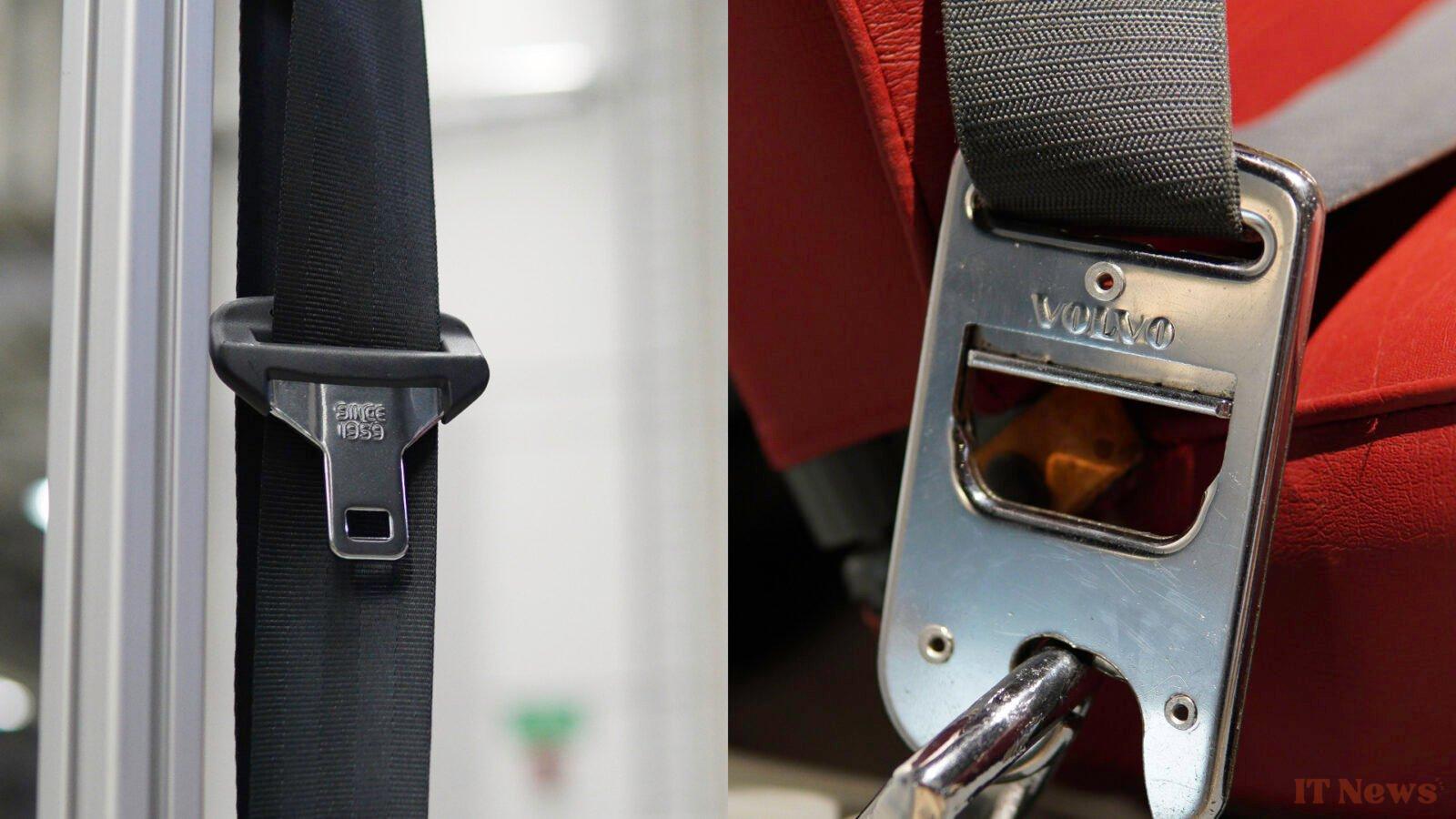
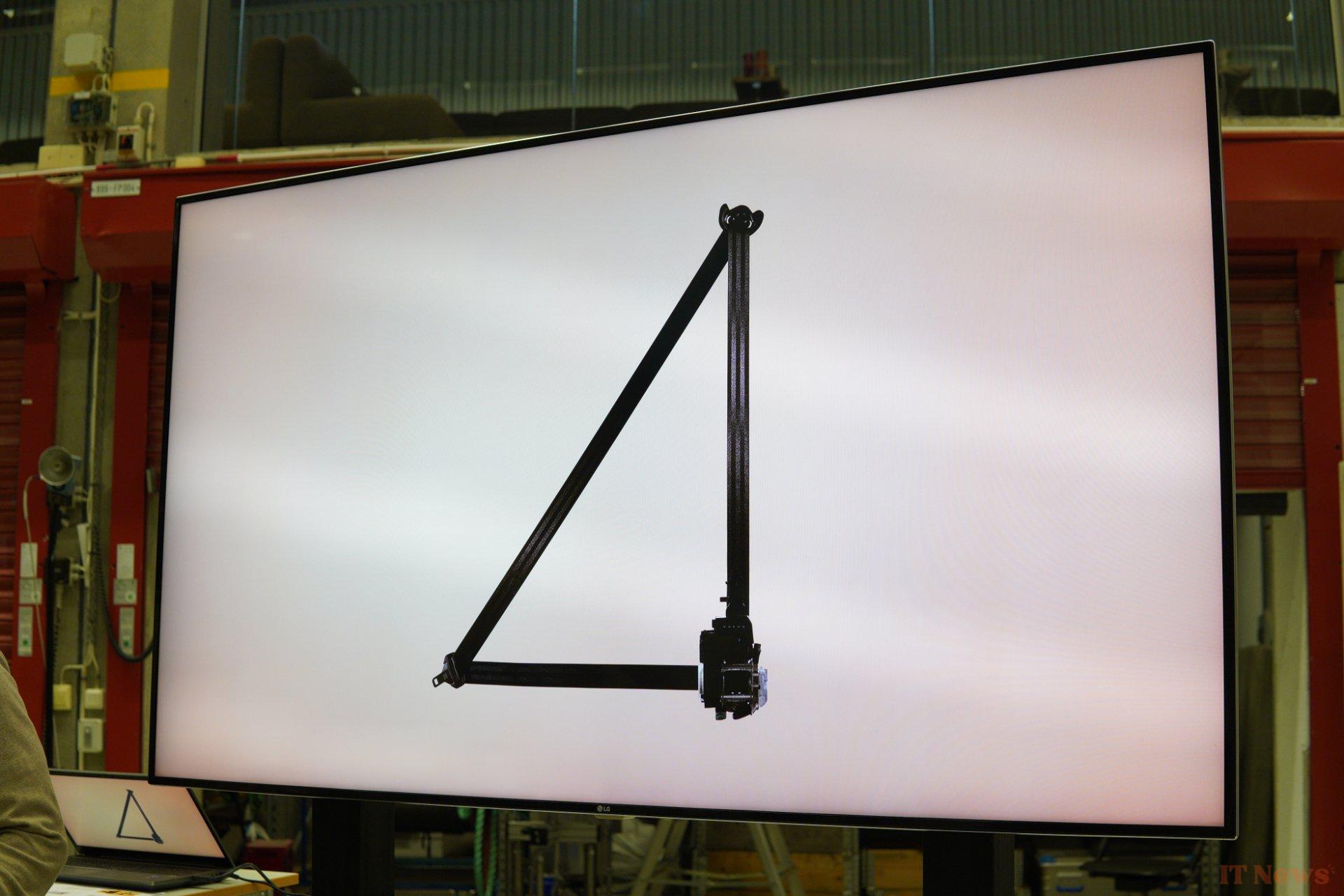
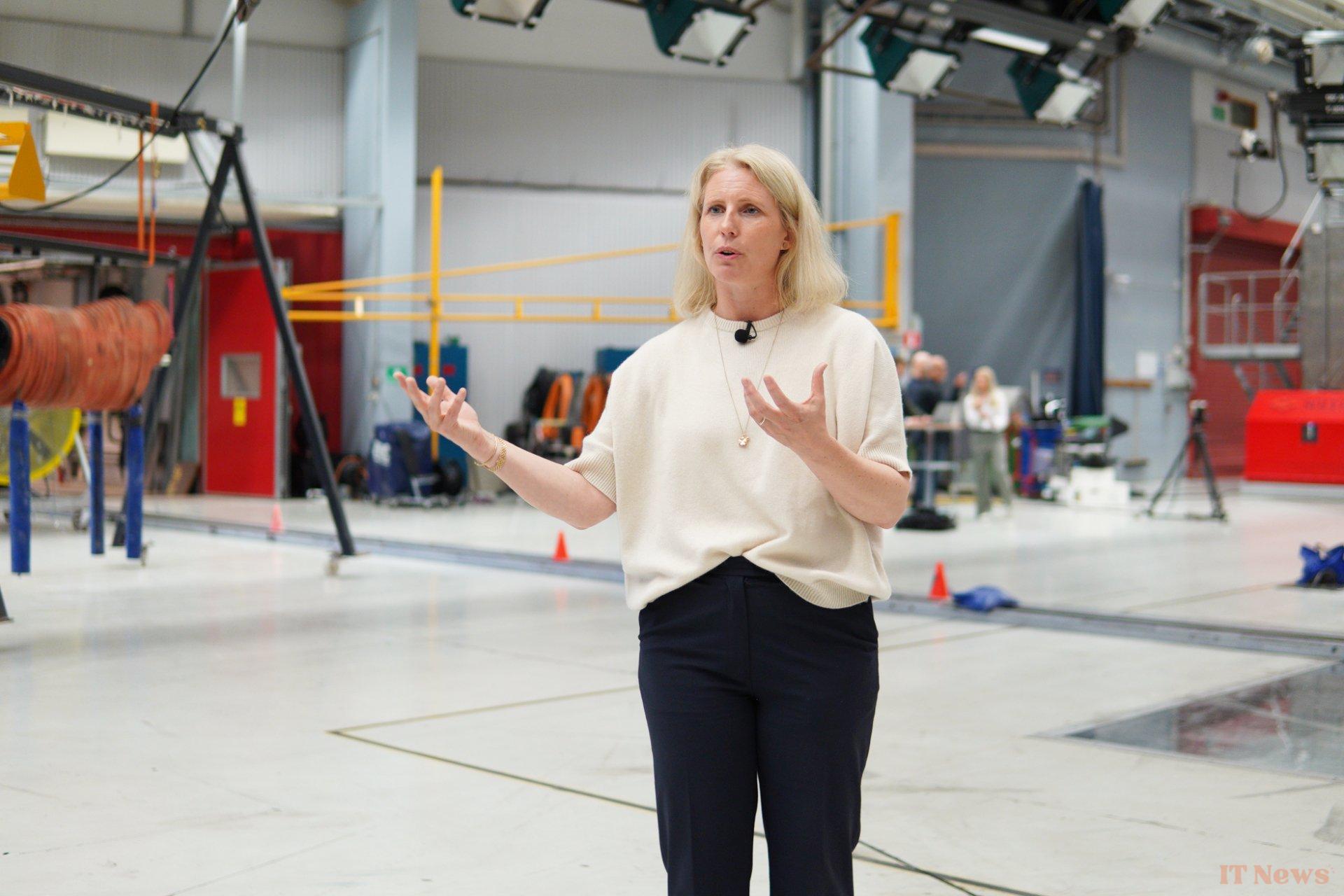
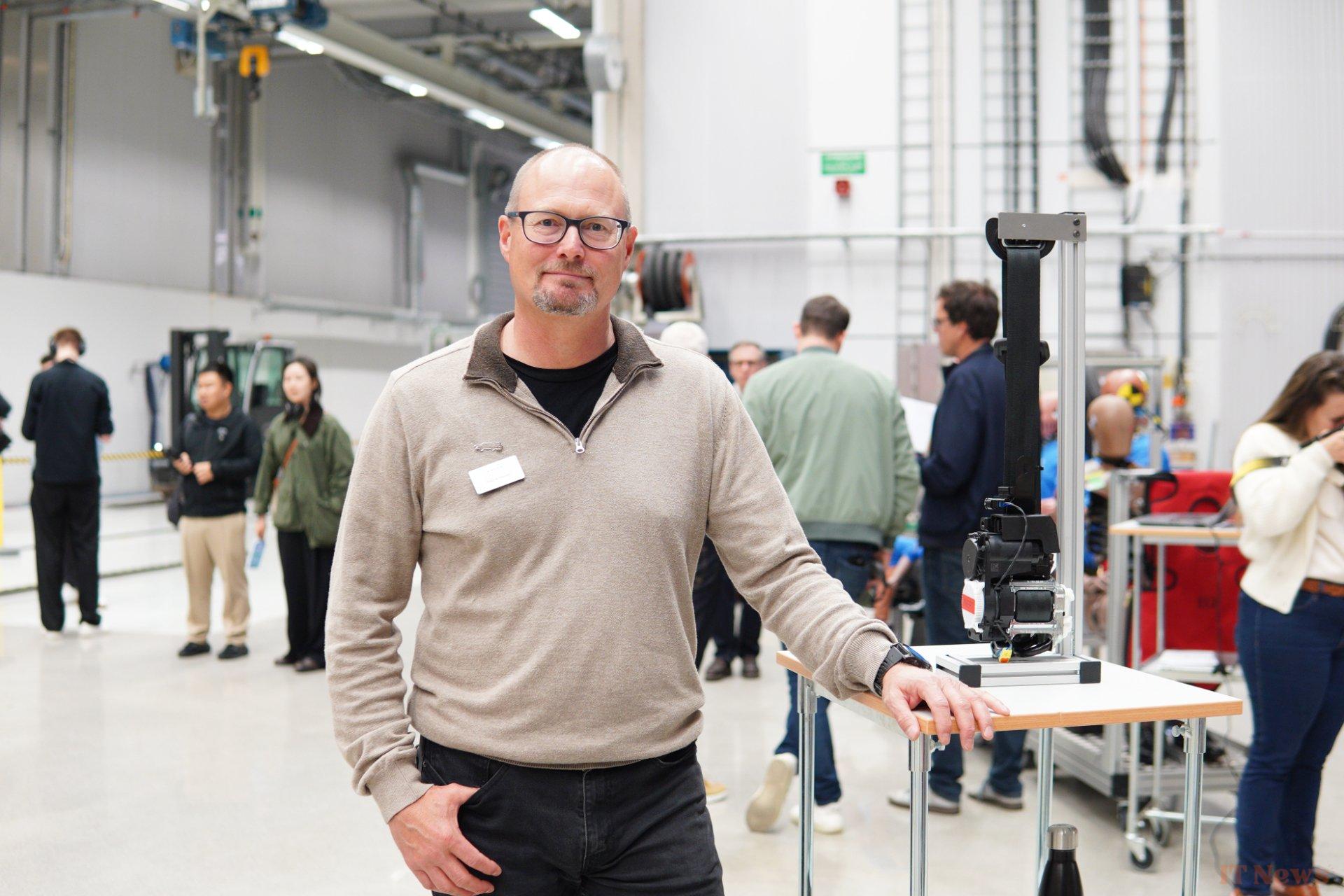
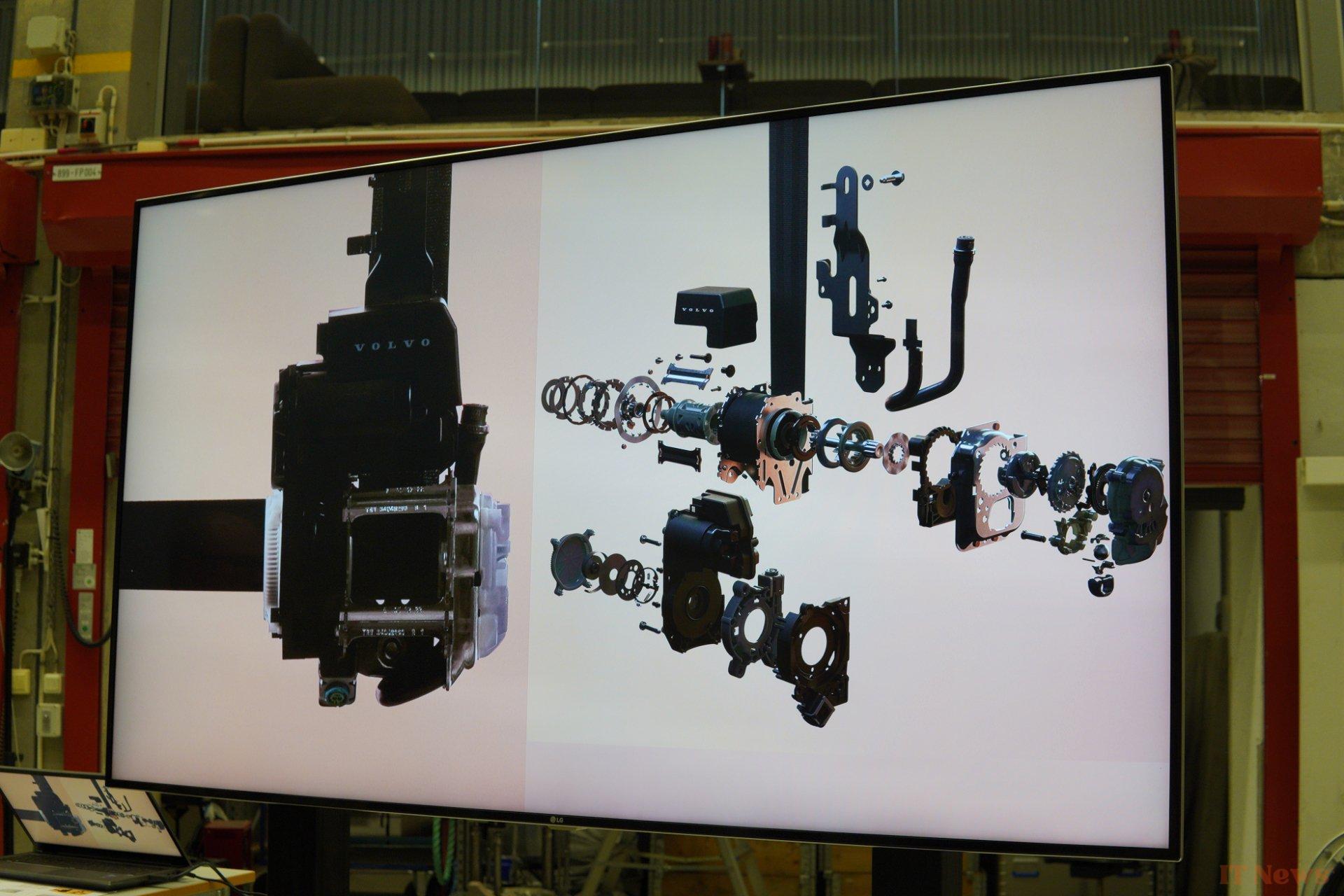
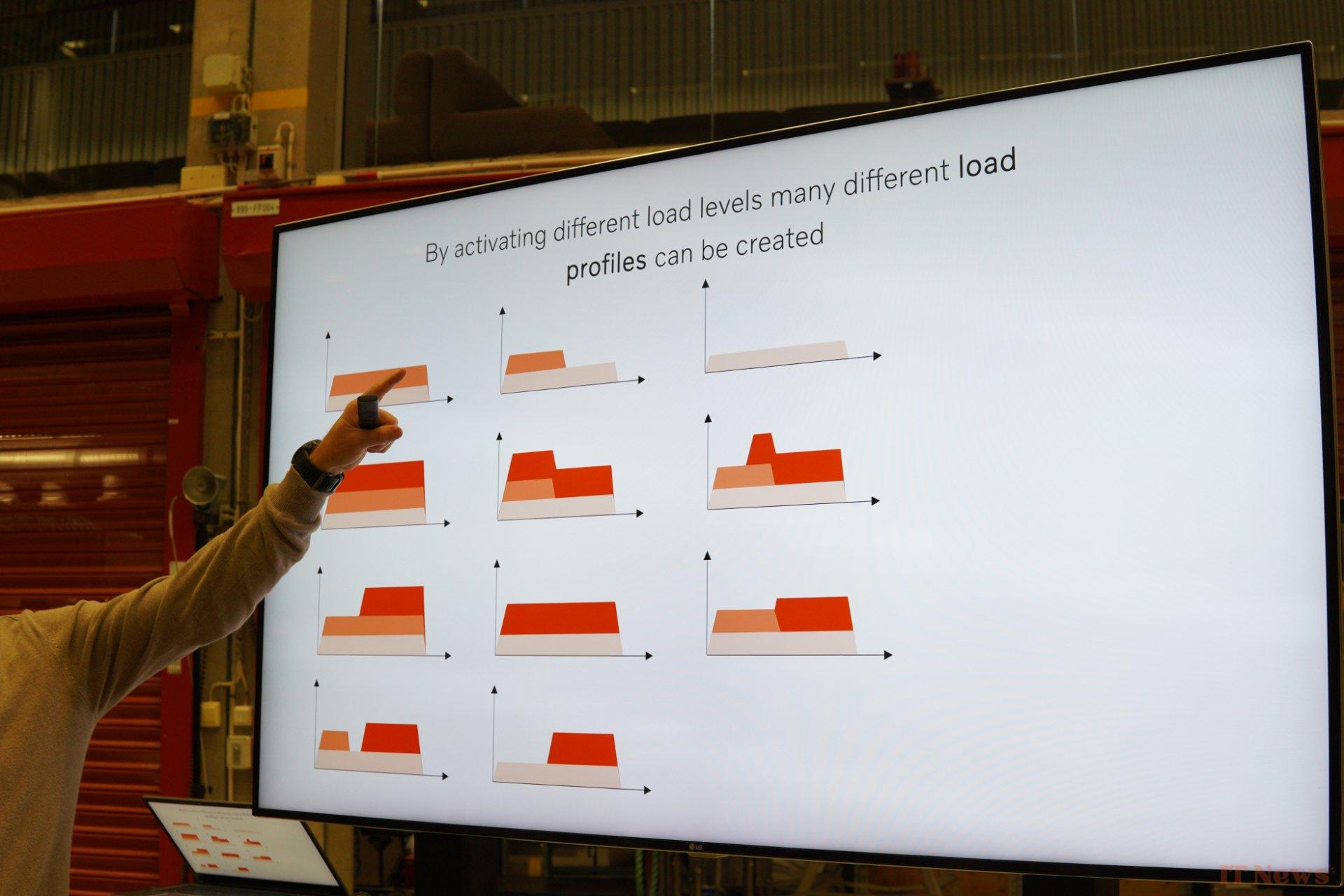
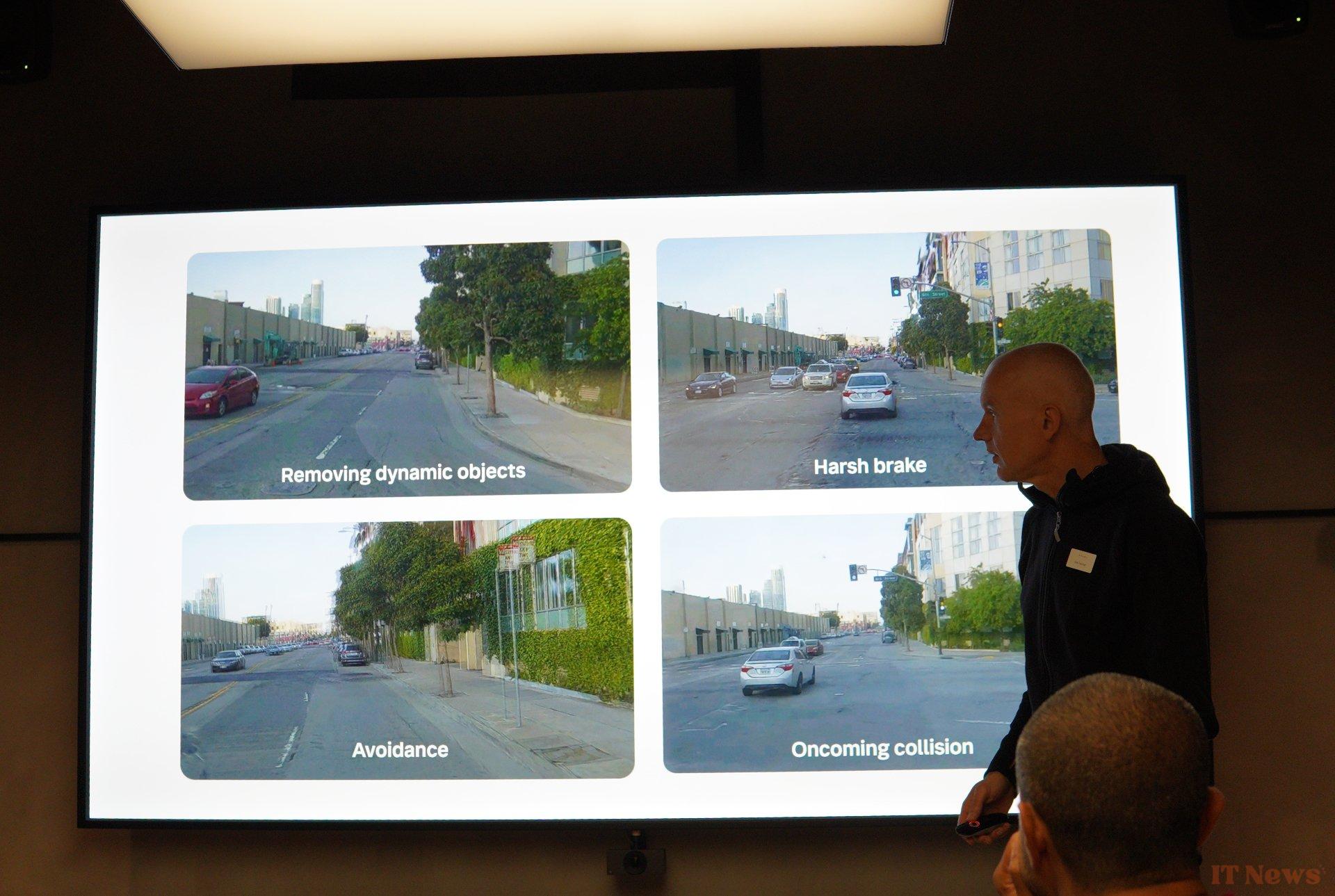

0 Comments